Anaís Azul: Re-imagining Andean Heritage, Identity, and Healing through Music
Embodying a rainbow of multitudes and the richness of their Peruvian roots, Anaís Azul is a teaching artist, singer-songwriter and composer whose music exudes a healing aura.
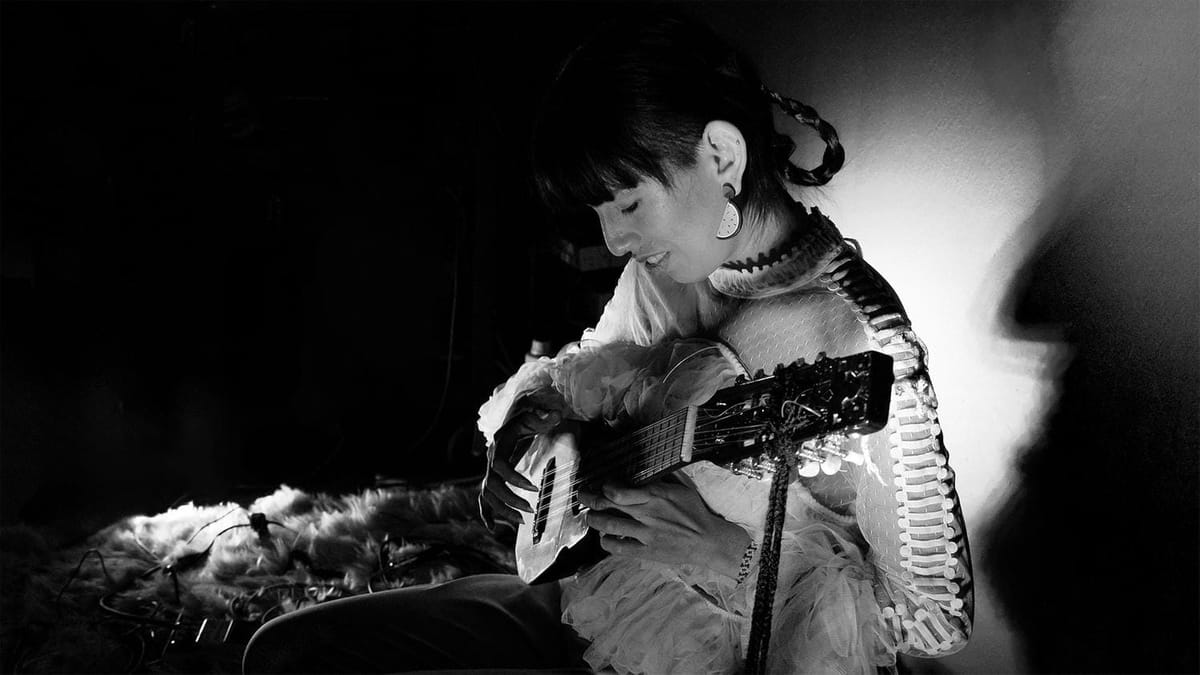
Anaís Azul sings in three languages - Spanish, English and Quechua - and that’s how they want to tell their story. Based in California, Azul deliberately choses to fuse traditional Andean instruments like the charango and sikus with melodies that run through their veins, whether classical or contemporary.
With their debut album set to drop on September 6th, we sat down to talk about anything and everything including their artistic influences, the power of community-building and representation through music as well as the symbolism the charango instrument holds for them.
Miriam Boulos: Anaís, where are you at the moment?
Anaís Azul: So currently I am in Lima, Peru, but I am usually based out of California, somewhere between the Bay Area and Los Angeles. I grew up in the Bay Area, but I've been living and had been living in Los Angeles before coming to Lima. So basically, I've been in Lima since August of 2023 to do research on the music that is now a part of my album. So research on music of the Andes and also my own composition based on all of the research that I've been doing. So that's why I've been in Lima on this Fulbright scholarship but I'll be back in LA.
MB: Your music evokes a deep sense of longing to reconnect with your roots, your homeland, and where you came from. You often incorporate the charango in your work. What significance does this instrument hold for you?
AA: This instrument represents syncretism to me. It was not in the Andes before Spanish colonization in the 1500s, it came through the Spanish. However, it didn’t fully exist in this form. It was more of a Spanish lute, but somewhere between the 1500s and 1700s, this instrument was adapted and became what is now the charango. Indigenous Andean people made this their own instrument. The back of the instrument is usually rounded because they used to use an armadillo shell to make the back part of the instrument, as there weren’t as many trees to cut down in the Andes. So they used an armadillo shell for the back and wood for the fingerboard, and it has 10 strings. Basically, it really represents me. The charango and I have a lot in common. We both have Spanish heritage and Indigenous heritage from the Andes. We have both of those things together. We’re both a product of that syncretism—or, well, a product of colonization—and also a symbol of resistance of that colonization. It’s about saying, okay, we’re still going to do this our own way. We’re going to make this instrument ours. We’re not going to let someone just impose their things and make us adopt them as they are. We’re going to make it our own instrument.

MB: Your compositions often incorporate these elements and instruments that we don't typically hear every day. You blend classical melodies with the voices of Latin American singers, songwriters, and musicians. How do you approach integrating these diverse sounds, instruments, and influences into a cohesive musical style that feels uniquely your own?
AA: I think I really trust my subconscious to do that work. I spent at least four years in undergrad studying classical music. Before then, I was also studying it in high school to prepare for that part of my career process. I just trust that those musical skills that I've learned and all of that is just there in my subconscious. It's just part of what is musically running through my veins. Also just like the music that I listened to with my father growing up, listening to David Bowie and Radiohead and the long traffic car rides, that's also running through my veins, you know? So I guess it's a lot of trusting my subconscious and letting musical inspiration come to me as downloads and using the tools around me to facilitate that communication of that message. In past songs, for example, my first single that I released, which was “Healing”, it has a more classical arrangement because that was literally more around me. So the message, the lyrics, all of that was, as I call it, like a download. It just came to me as these are words I just need to say right now. And then the instrumentation and the arrangement were more of a reflection of my environment. I think that's the same for now with the upcoming album, simp’ashani, and the two songs that are released, “Trenzando” and “How many more people have to die?”. It's a reflection of my environment, the musicians in my community present right now, and the investigations that are most relevant to me in this moment.
MB: I know themes like immigration and location are central to your music, often woven into your sound. Given that you’ve spent time in California, I’m curious—how has that setting influenced your creativity and production? I believe that the cultural environment of a place can deeply impact an artist’s work, shaping not just what we create, but how we think and act. How would you say different contexts and environments influence your music?
AA: There's a couple of things that come to mind. I think about the last EP that I released called Vulnerable. I produced it with Grace Wingler in California. I think that totally influenced what came out of it and how it was felt and again, totally a reflection of my environment. Several of the musicians featured on there, the drummer, he is from California and I met him through grad school, and it was a specific time of my life being in grad school, using those studios, being in those spaces. I think it was, again, a reflection of that time and the people that were with me in California.
So I think in terms of physical, geographical environment, I'm thinking of a song that I wrote that is going to be in the upcoming album called “I Come From” that I've performed a lot. I initially wrote it in Boston when I felt like I was really disconnected from nature and it says: I come from the mountains, I come from the sea, I come from the desert, I come from the trees. I feel like every time that I sing that song in a different context, I feel it differently. I imagine the environment surrounding me, and as I travel more, I imagine different parts of land when I sing it. So, nearly a year ago, I went to Joshua Tree, and I was in the desert in California and I sang that song and it was like, wow, I do feel like I come from the desert in this moment when I'm singing that line. Or now I've been singing that song here in Lima and I'm by the ocean. So its “I come from the sea” and then I think about the ocean. I think I like to envision and visualize in my mind the Costa Verde, the coastline in Lima, and the way the waves crash and retreat back against the rocks. And so I think it's kind of like a reversal to your question. My interpretation of the song is affected by where I am.
Obviously, the environment does have a direct impact because, for example, right now I've been studying Andean music and these last two songs that I released, they have sikus, which are pan flutes, which I had not considered adding into my music before going on this journey and meeting this fellow charango player. His name is Luis Ramirez, and he also is a singer-songwriter in his own right. He comes from a tradition of playing sikuri, which is a tradition from the southern Andes. He is from Puno and from Tacna and in Puno, he plays with a sikuri group. They play drums and play the pan flutes at the same time and there's a context of political resistance with this kind of ensemble. They will march and protest against police brutality for justice for indigenous people. I met him in this perfect time and I was like, “I need you to be here within this project”. I don't think I would have had sikuri or sikus in my album if I hadn't met Lucho, which is a reflection of the exploration that I've been having here, not just learning about the music isolated from society. I've been learning about the armed conflict in Peru from the 1980s to the year 2000, and the political context that affect the music that has been created here in Peru. That has affected how I make music here.

MB: Political influences are also big when it comes to music. Your artistry engages with music as a tool for community building and collective healing. Can you share a specific moment or experience where you felt like your music had a profound impact on a community or on an individual level?
AA: I've had the privilege of having several moments like that in my life. I just had a pre-release concert here in Lima. Before I go back to Los Angeles, I wanted to give a musical offering to the land that has nourished all of this knowledge that I've acquired over the nine months. So I didn't wanna leave without doing that first. So, I had this concert and people were moved by this kind of lecture concert that it ended up turning out to be. Some friends said it was somewhere between a ritual and like a lecture concert. So it's like everybody left learning something . I do try to facilitate these concerts as opportunities to give people space to feel difficult feelings and feel like they'll have comfort on the other side, like musical comfort. And when I make my set lists, I do think intentionally about creating spaces of care through my music. And people have come up to me being like, “wow, you put the words to these feelings that I've been having about anxiety. I never knew someone else felt like this.” And it's something I've been experiencing even recently on social media. I decided to share my story about “Trenzando”, the recent release and about me getting closer to my indigenous heritage, even though I'm Mestiza and I'm a white Peruvian, but I also have the indigenous heritage. I shared the story and I was really impressed with how many people commented and said, “Oh my god, my story is so similar.“ And then they go and they hear the song and they feel seen by it. I feel so humbled and so honored to be a part of people's healing journey and people's journey of feeling belonging in the world.
MB: Speaking of representation, many of your tracks are multilingual, drawn from Spanish, Quechua, English. This is also feeling represented through music, through the languages. What significance do linguistics hold for you? And how do you think they contribute to the themes of community-building you explore in your music?
AA: Part of community-building is seeing people. For me, part of learning Quechua is to be able to see more people, to be able to understand more people and my people. So I think the more languages you learn, the more you're able to connect to other people. I have been really lucky to have found this queer, Andean diaspora community on Instagram. Through them, I've been able to feel inspired and supported. I think that this queerness is part of my ancestral heritage and my birthright almost, it's in my veins, it's what I was meant to be always. And that has prompted me to learn this Indigenous language to see what information I get from this language that makes me feel more seen too. For example, Quechua doesn't have gendered pronouns and it doesn't have gendered articles either. The way that my Quechua linguistics teacher had expressed it to me at one point is that Quechua is a language that centers the person. Being a woman is an adjective. There’s still of course gender constructs that are there and people can address each other as brother or sister or friend. It's all about relationships between people. Spanish makes me have these questions and I challenge the Spanish language. I try to use gender inclusive language with that to also help my diasporic siblings and my queer fam throughout the world to also feel seen by this language. I know I've met some people that are of the Latin American diaspora in the US who have felt hesitation learning Spanish because of its gendered nature. And I like to be able to offer an alternative to that. If there's a spoken language, it is a living and breathing being and so we are allowed to exercise our creativity and project our identities onto this language to make it work for us. Language is how we communicate with each other and if we can find the inclusivity in various languages to make ourselves and each other feel seen, then that's how we're gonna build more community.
MB: Your song “Vulnerable” could be interpreted through a feminist lens. The lyrics “I want to let go of whatever it tells me I'm not whole” resonated so much with me and they can be seen as a rejection of patriarchal norms or other norms that don't align with your values. Could you share the deeper meaning behind this track? What really inspired it?
AA I love your interpretation of it. I think it's definitely a part of my song. The song definitely had to do with patriarchy in that moment. It had to do with like, okay, what is this thing that tells me I'm not whole? What is this thing that tells me I'm not enough? I mean at that moment, it had to do with therapy that I was doing, exploring what might be that core wound or those core wounds that ultimately affect my everyday life and my various trauma responses that I might have to conflict. And so it's like, what is the thing that makes me sad or that makes me anxious and it all has this root. It was a moment of like figuring out what that was. That feeling of not being enough, enough for someone… That's what I wanted to get rid of.
That song was like about accepting my own healing process and accepting moving through challenging memories, perhaps traumatic memories to really get to this place, to this core wound of feeling like I'm not enough will no longer dictate how I move around the world. Which is why that chorus at the end or that phrase at the end is vulnerable: "estoy porque quiero crecer y no quiero juzgarme más", which means "I'm vulnerable because I want to grow and I don't want to judge myself anymore". That’s really the lesson there.
MB: Are there any other new projects you're currently excited about?
AA: My debut album called simp’ashani, canciones trenzadas which means "braiding braided songs"! There are two singles out now on all of the streaming platforms. You can find “Trenzando”, which means braiding in Spanish, and “How many more people have to die?”. They're both trilingual songs. Upon my return to LA, I will be starting my artist residency at The Reef Art Gallery in downtown Los Angeles. I will be working on making a live performance there of this album. So I'll be working on that while I'm there and I'll be at the gallery a bunch, working on my music, just practicing and creating, having that opportunity and that space to sit with all this material that I've been working on over the past nine months. So yeah, stay tuned!
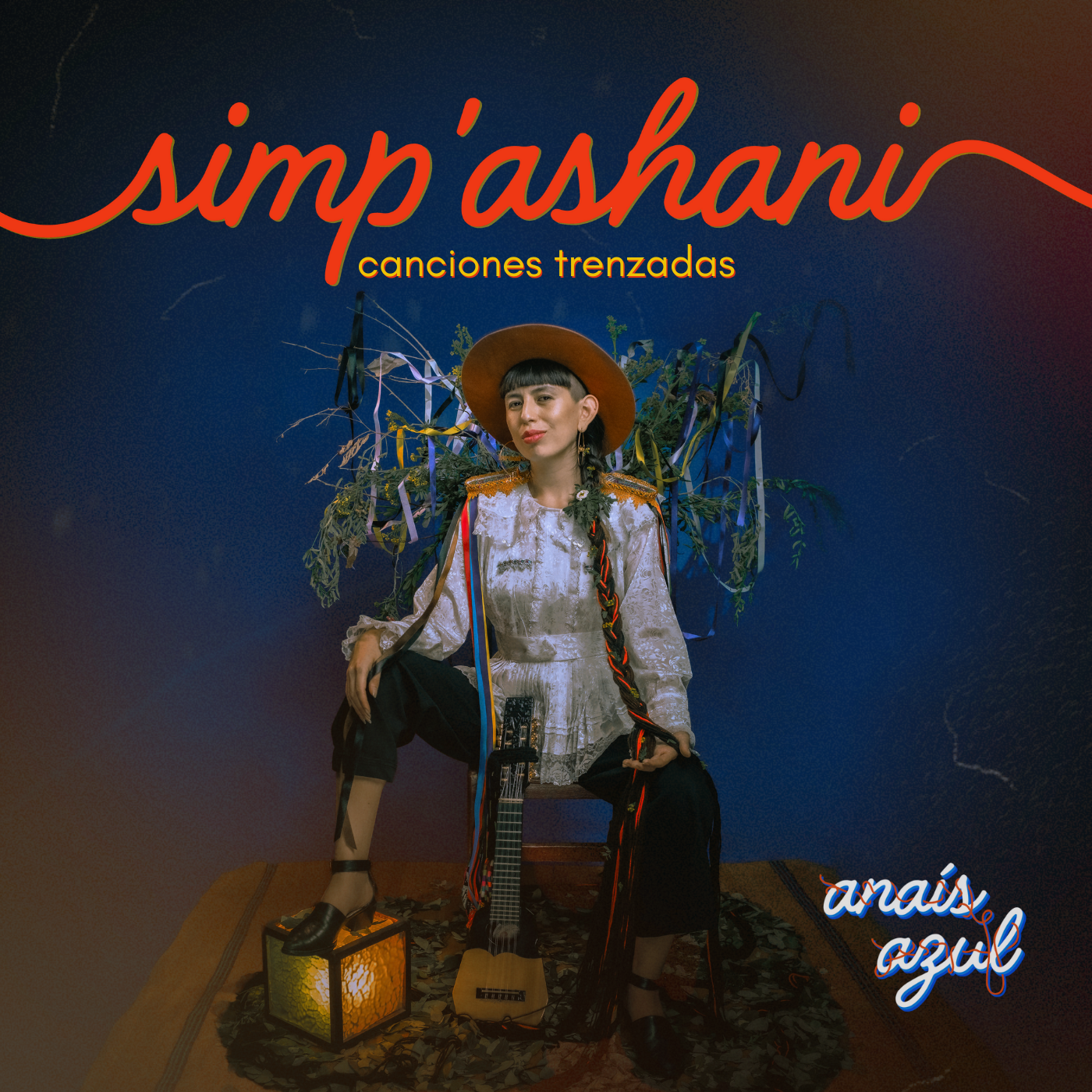

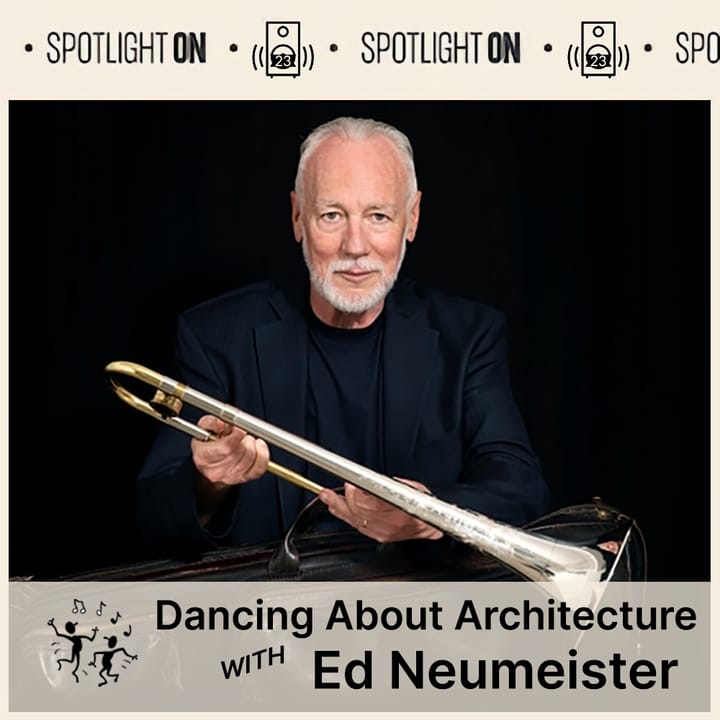
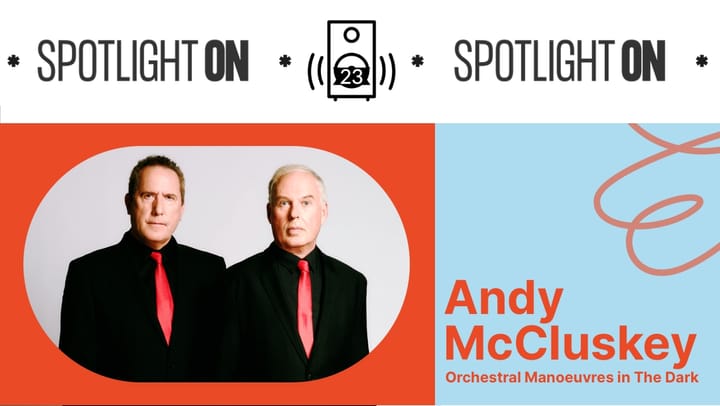
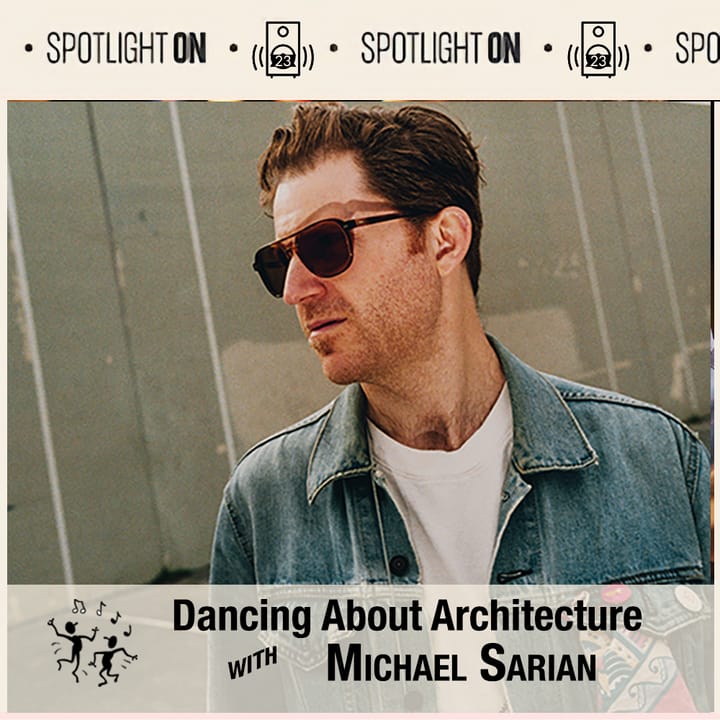
Comments ()